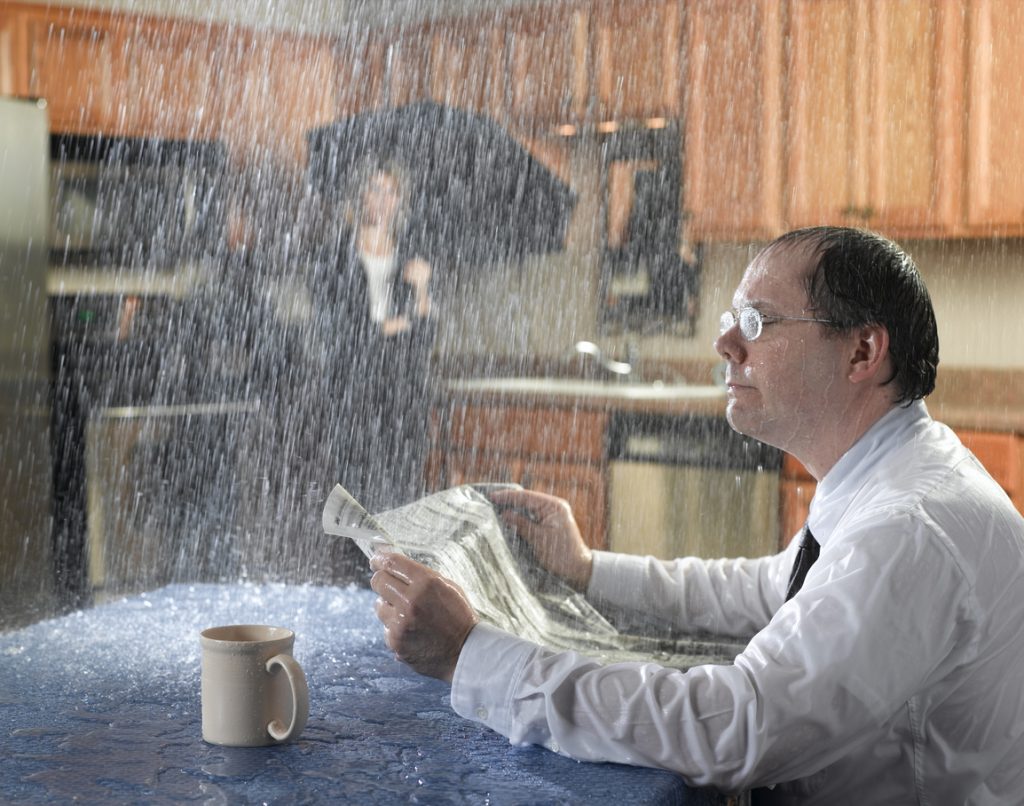Of the 39 million potential insureds making up California’s population, over 14 million – or over 35% – live in homeowners association communities. Therefore, understanding whether their property damage claims fall under their individual or association insurance policies is essential to properly recovering insurance benefits. Equally essential is understanding which policy takes priority when property damage is covered by both the unit owner’s individual policy and the association’s master policy.
Under California’s 1985 Davis-Stirling Common Interest Development Act (“Davis-Stirling”), CC&Rs (“Covenants, Conditions, and Restrictions”) must identify the common property owned by the association versus the individual unit owner’s coverage. In a typical condominium common interest development, the insured owns either the entire unit or at least the interior features, finishes, and fixtures, which is known as “walls-in” ownership. Depending on the type of development, unit owners may own more than the interior features and finishes such as for townhomes and single-home communities.
While Davis-Stirling does not set forth specific insurance requirements for associations, the CC&Rs should delineate the type of policy the association should carry. These policies fall into one of three categories:
- “All Inclusive” policies usually cover common interest areas and some areas owned by the unit owner, including the fixtures, finishes, and appliances that were in place when the developer released the unit to the association – and sometimes even upgrades made by a unit owner.
- “Single Entity” or “Walls-In” policies cover shared or common areas and may also insure the interior finishes, fixtures, and appliances to the condition they were in when the developer released the unit, but not upgrades made after.
- “Bare Walls” policies cover only shared or common areas but will not extend to any interior features.
However, no policy held by the association provides coverage for the personal property belonging to the unit owners, and it is up to the unit owner to carry such coverage. It is also important to remember that association policies do not always comport with the CC&Rs. This may be due to an error by the association, its management, or the unit owner’s agent. Davis-Stirling requires that the association make its policies available for inspection and copying.
Unfortunately, not all situations will encompass seamless coverage between an association policy and individual policy, and it is not unusual to have overlapping coverage. There may be situations where both policies provide coverage for fixtures and floor coverings. In that case, it is important to understand how the two policies interplay. The CC&Rs and the policies should make clear whether one policy provides secondary coverage to the other. If not, there is likely at least a pro rata clause stating that losses covered under multiple policies are split depending on the relationship of the loss amount to the limits.
In most, if not all cases, an individual unit owner is not a named insured under the association’s policy. Therefore, the association must submit the claim under the association policy. The association typically has a duty to do so, as outlined in the CC&Rs. However, association managers often misunderstand this and are reluctant to submit a claim until the individual unit owner’s insurer first issues a denial or reason not to pay. It is vital in such instances to understand who you, as an attorney or public adjuster, represent.
Reviewing the CC&Rs, master policy, and unit owner’s policy in tandem is therefore essential to understanding the applicable coverages and will provide insight as to what claims should be made to which carriers.



